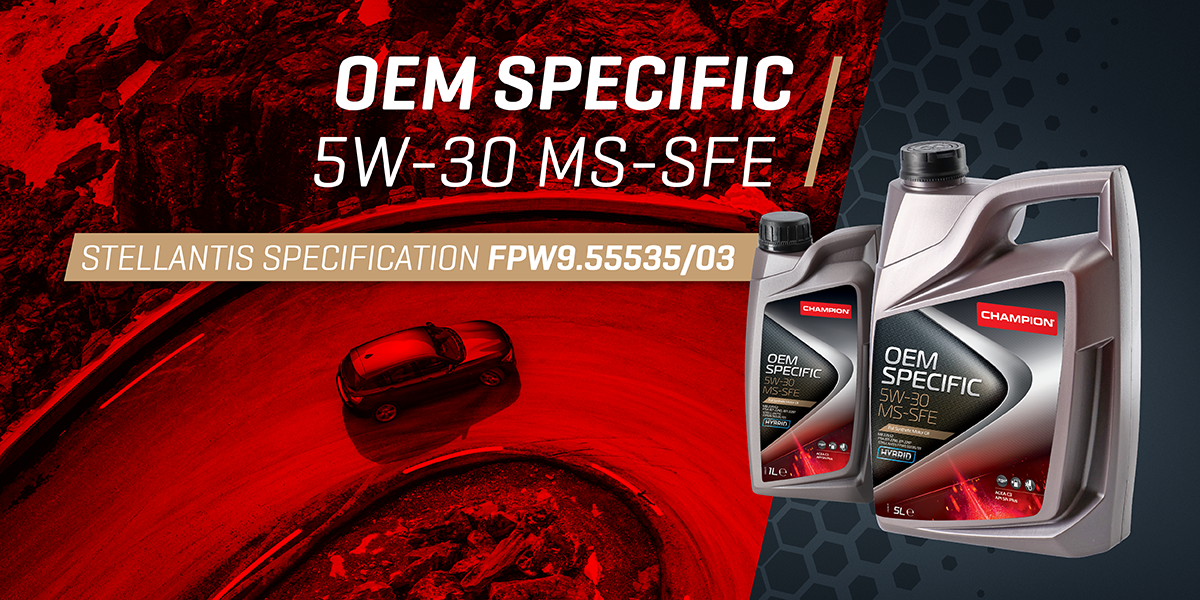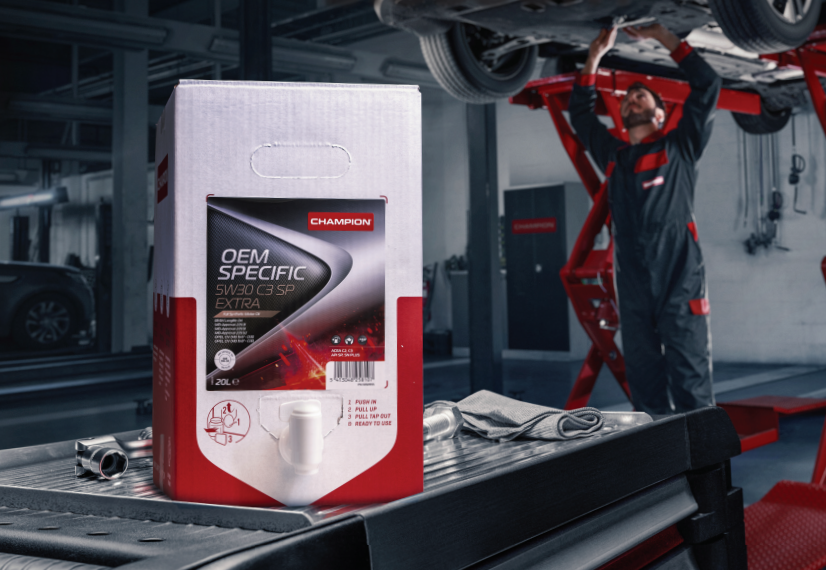
How to diagnose a DPF regeneration problem

How does a DPF (diesel particulate filter) work? What about DPF regeneration? We’ve compiled a handy guide to familiarise you quickly.
DPF (diesel particulate filter)
In 2009, the ‘Euro 5’ emission standard was introduced, and diesel vehicles needed to be equipped with DPFs. Effectively, DPFs reduce emissions of diesel particulates (soot) by 80%.
DPF regeneration (passive)
A DPF collects soot particles, and so it needs emptying. Luckily, a DPF is designed to empty itself. On motorways or A-road runs, when the exhaust temperature reaches a certain point, the collected soot is burnt off until just ash remains. This is called passive regeneration.
DPF regeneration (active)
Some cars don’t use the motorway often enough. When the accumulating soot reaches about 45%, the DPF switches to active regeneration. The car forces higher exhaust temperatures, burning the soot in the process.
Failed DPF regeneration
In towns and cities, some cars do not reach sufficient speeds. If the journeys are also too short, active regeneration can’t complete its cycle, and regeneration fails.
Long-time effects of failed regeneration
Failed regeneration usually means extra fuel is injected into the cylinders for active regeneration, which doesn’t burn but instead drains into the sump. The results can be severe: loss of oil quality and a higher oil level. This may damage and even destroy the engine.
Fixing failed regeneration
In a first stage, the DPF warning light goes on. In most cases, driving for 10 minutes at 65 km/h (about 40 mph) or faster will ensure proper regeneration.
‘Forced’ regeneration
If the driver doesn’t take the appropriate action, however, the soot accumulation reaches 75 % and another warning light should appear. In this stage, the car needs a ‘forced’ regeneration, which can only be undertaken by a dealer or workshop. Without forced regeneration, soot accumulation will reach levels above 85%. The DPF will need to be removed for manual cleaning and will sometimes need replacing.
Other causes for incomplete DPF regeneration
Lack of high-speed or longer journeys is not the only cause of DPF regeneration problems.
Other possible causes include:
- Incorrect oil. Low ash, low sulphur engine oils are required for a DPF system to work properly;
- Problems with the inlet, fuel or Exhaust Gas Recirculation (EGR) system that in their turn cause incomplete combustion;
- A warning light on or a diagnostic trouble code logged in the engine management system;
- Less than ¼ of fuel left in the tank;
- The service interval is exceeded;
- The Eolys (additive) level is too low.
Summary:
- DPFs need to regenerate (empty) themselves.
- Problems with regeneration may be caused by a town-based, stop-start driving style.
- Other possible causes include wrong oil type, incomplete combustion, and a low fuel level.

